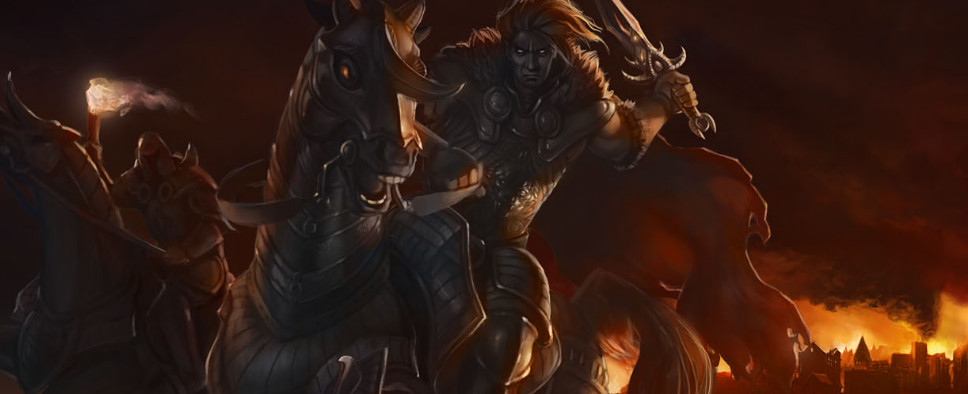How Self-Publishing Brought Age of Wonders III Back to Life
-
Category: News ArchiveHits: 1428

There's an interesting Q&A up on Gamasutra this evening, in which Age of Wonders III lead designer Lennart Sas explains how self-publishing brought the game "back to life", how the work they did on the Overlord series eventually led them down the PC-exclusive strategy/RPG path, and more.
It's been awhile since we've seen an Age of Wonders game -- roughly 11 years, I think. What happened?
We were very busy with Overlord for a while, and we're a small studio so we can really only focus on one project at a time.
Also, the games market has really changed. In 2004-2005 the console market was really booming and the PC market -- you know, when digital distribution wasn't as developed as it is now -- the PC market was really declining. Every publisher we talked to said (give us a console game!) so that's when we started looking into making a strategy game on consoles.
When we came out of the Overlord deals we saw that the console market had drastically changed. It was late in the lifecycles of both consoles, it seemed very hard to launch new IP, and there was a financial crisis going on.
At the same time, we saw that digital distribution on PC was really booming, with lots of smaller studios and indies moving towards digital distribution and self-publishing.
So we said 'hey, Age of Wonders is an old game we always wanted to go back to,' and creatively speaking we were loaded up with new ideas after all these years off. So we decided to try and bring the game back, since we were still very fond of it: we had kept our websites alive through the years to keep interacting with the Age of Wonders community.
But we were also a bit scared of going back to Age of Wonders, because after we released Age of Wonders: Shadow Magic, we said we'd added -- how do you Americans say -- 'Everything but the kitchen sink'? It was fully complete, and it was sort of [our] zenith. We were worried about failing to meet people's expectations; we were really sort of scared of our own shadow.
But we started conservatively planning and laying out what kind of sequel we could do, depending on what kind of funding we could get, and I'm happy to say we were able to make the game we wanted to make and spend 39 months on development.
So how did you find that cash? How did you approach your inaugural attempt at self-funding?
The Overlord project was fairly successful -- we sold the IP -- but we maybe stayed a bit too long trying to chase more console deals, which didn't work, so we had to scale back the studio. It was the only time in our 17-year career as a game development studio that we had to do that, but that reduced our burn rate a lot and allowed us to invest in a prototype for Age of Wonders 3.
We didn't know how to finance it yet, but the rights for Age of Wonders sequels reverted to us in 2009 or 2010, so we were able to self-publish those games on Steam. We were quite pleasantly surprised by the revenue that generated -- of course it was a small amount, but for ten-year-old games it was still quite impressive, and it allowed us to finish that critical first prototype.
So when we reached a certain point, when we had that first playable, we went the traditional route of talking to various publishers; it was definitely a buyer's market back then so people were asking for lots of sequel potential, sequel options, that kind of thing.
And then by pure chance -- this was in 2011 I think, right before Kickstarter became really popular -- we noticed that Markus Persson had written something on the Minecraft splash screen that talked very favorably about Age of Wonders.
Of course we knew about his success, and so we figured that if he was a fan we should send him a note and see if he wanted to do something with us.
This was before Markus became super super busy, and he said 'Well, let's meet so I can see the game. Come to Sweden!'
So we flew over to present the game, and we agreed to work together on this. I mean, he didn't really work on it, but he made a significant financial contribution to its development.

